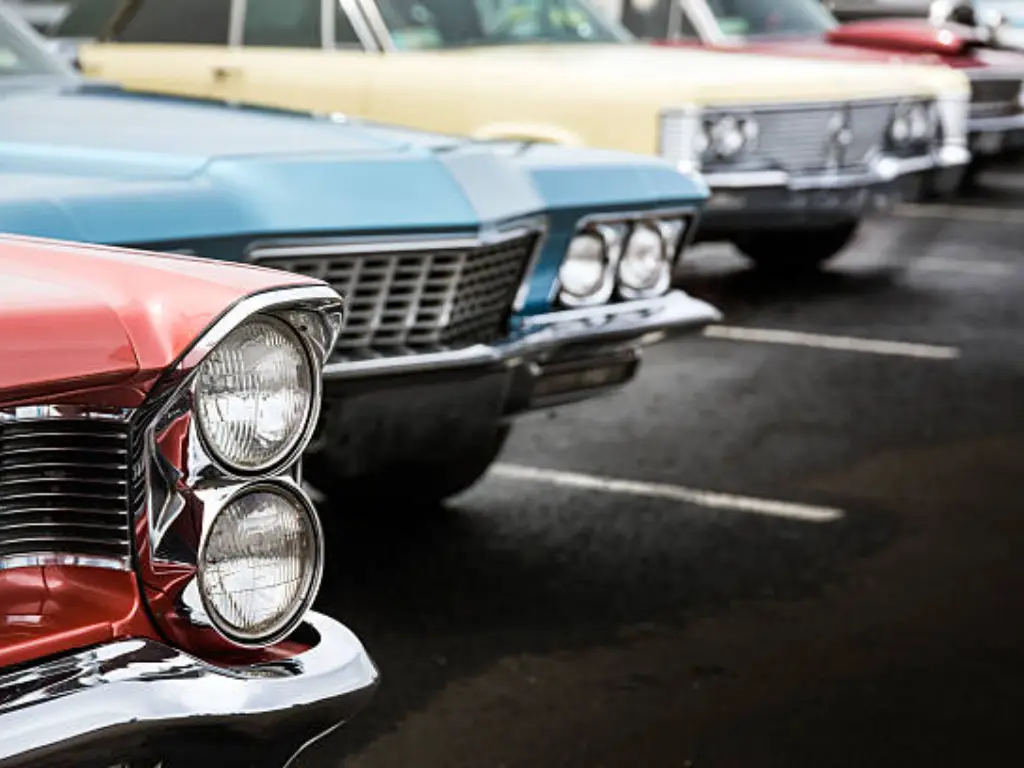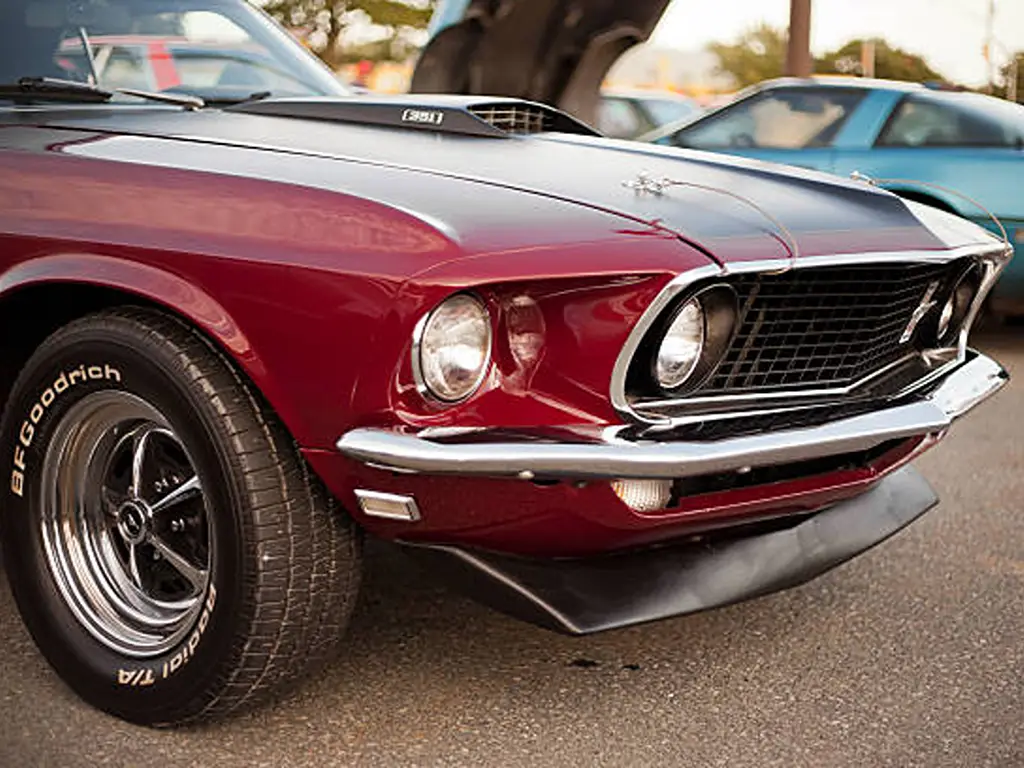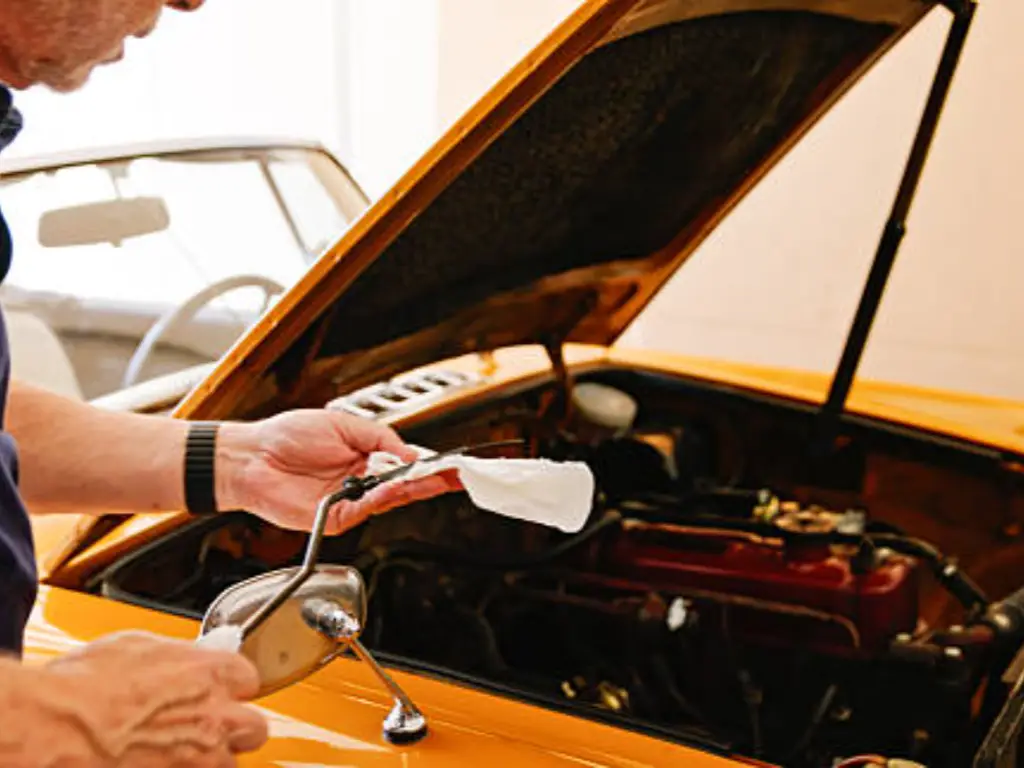Introduction
The history of American cars is like a magnificent tapestry, and one of the brightest and strongest threads of this tapestry is the one made by Chevrolet. More than a producer in excess of one hundred years, the Bowtie brand was a creator of culture, and it defined what many would consider the geography of the American dream. Classic Chevy cars are not just transportation devices; they are time capsules with wheels, and each one represents a rolling reminder of the decade in which it was created, whether 50s optimism or the raw, untamed power of the latter out-of-control 60s muscle car era.
When you own and drive a classic Chevy, it is to have a fragment of history in your pockets. Regardless of being a classic streamlined coupe or famously known window coupe, the aura of that moment the cars in question carry shows the spirit of an era. It is the growl of the Small-Block V8 down a suburban street, the gleam of a chrome-plated car brightly in the sun as you cross-country road trip, the common smile and nod of the enthusiasts when a fellow car enthusiast sees the right car when it’s shown, a very nice sight; a very nice looker. This guide is a tour of that history. The legendary models that are to be remembered for decades, what is valuable in them, and the art of preserving these legends for generations to come will be explored. Put on the seatbelt, and we jump back in time.
Fabulous 50s: The Birth of an American Icon
The events of the 1950s were a period of massive transformation and growth in America, and the Chevrolet cars were able to capture this greatest moment. The Tri-Five period, which extended throughout 1955, 1956, and 1957, represented a complete shift in the approach that the brand took to the construction of vehicles, shifting the image of a long-term car builder towards a design and performance hothouse. The Chevrolet BelAir was just one of the models that marked the decade Chevrolet found its soul.
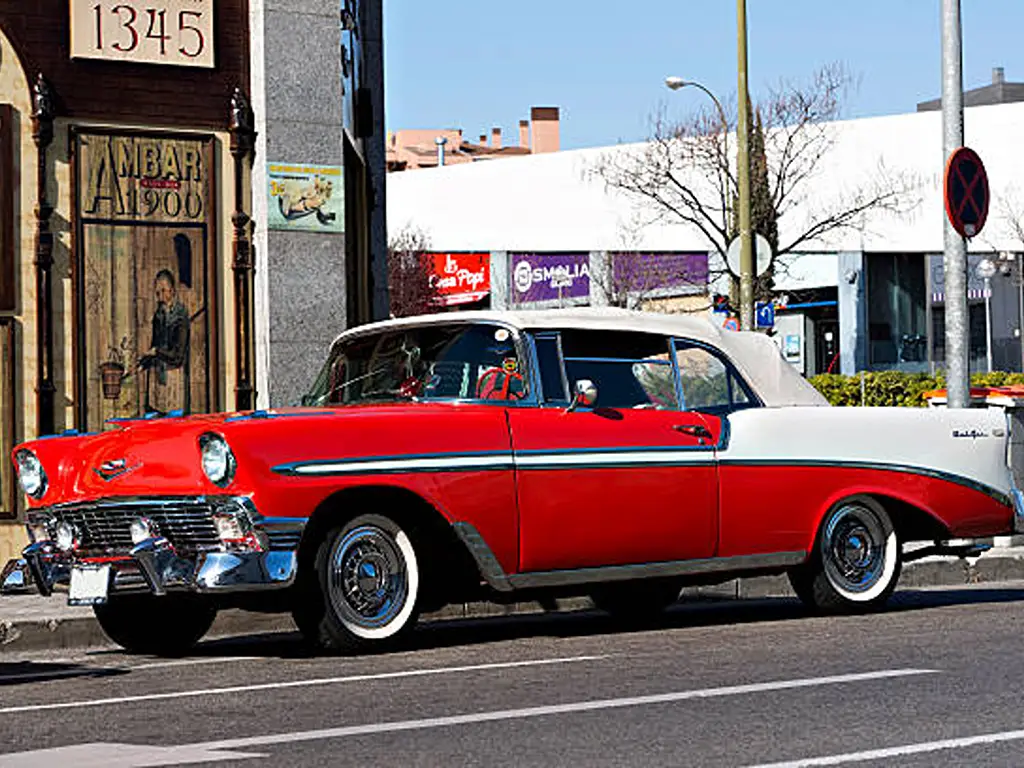
Chevrolet 1955 Bel Air
The 1955 Chevrolet Bel Air was not just a new sedan but a proclamation of a new era. Dropping the bulbous pre-war styling of their predecessors, the new model introduced the slicing, clean Motoramic look. It was stunning with this crazy grille shaped like an egg-crate dressed up as a Ferrari and with a shoebox-like shape. Its sleek design immediately caught the public’s attention.
The actual revolution was what was going on in the hood. It was the same year in which Chevrolet came out with its iconic 265 cubic-inch Small-Block V8. This is an efficient, compact, and powerful engine that has assembled many of the finest examples of engineering, as it has powered a multitude of race winners and millions of automobiles worldwide. This was the first exciting performance that could be observed by a common American family.
Chevrolet 1956 Bel Air
The Bel Air used ’56 was a masterpiece when it came to refinement over the monumental success of the preceding ’55.
Still having the same base body, Chevrolet also gave it a facelift to the extent that it developed a new flair. The 7inches wide grille made the whole car seem very low, wide, and mean. It also had a newer, mature rear end that was confident, and its new lines cut across the trim, making it much more powerful-looking than before.
Another of its clever design features was the cleverly hidden gas filler nestled behind the driver-side rear taillight trim feature that thrilled owners. This was really the feat that the 55 was no one off, as the 56 model further cemented the position of Chevrolet and became part of the Tri-Five Empire.

Chevrolet 1957 Bel Air
The 1957 Chevrolet Bel Air can be deemed the car that best represents the idea of the American classic. It is, in short, the royalty of automotive.
Hitting the platform of the post-war period to its extreme limits, the 57 is known through its exaggerated and legendary design elements: large, soaring and jagged tailfins, anodized gold ornaments, and twin rocket-shaped adornments/ornaments on the hood. The grille has also been bigger and more incorporated into the car, and this adds an even more powerful presence on the road. Performance topped off with an optional 283 cid V8, which could be ordered with mechanically injected fuel, or a so-called Ramjet system, unheard in this price bracket. The year 1957 Chevrolet, a model representing the ultimate in surefooted swagger and the sleek design of the 50s, is such an influential icon that it is an instant image all over the world.
Beyond the Sedan: The Stylish 1955-1957 Nomad Wagon
Although its sedans and hardtops are more popular, the car maker Chevrolet proudly presents the Chevrolet Nomad, which was probably the most fashionable and provocative model of the Tri-Five generation.
It was a 2-door station wagon that pretended it was a sports car. The Nomad had a frameless glass in a hard top style, slanted B-pillars, and a grooved roof, making it a GM look statement. It presented the practicality of a wagon and the incomparable style of a Bel Air. The Nomad was different, with its back-end profile and its flamboyant profile. In production in relatively small numbers, its look and functionality make the Nomad one of the greatest sought-after and valuable classics of the era today.
Golden 60s: A Decade of Dominance and Diversity
This is the golden age of Chevrolet in the 1960s. The model range of the brand erupted with an unprecedented variety of models appealing to all tastes, pockets, and featuring nice paint. Chevrolet was on top of the sales charts and the racing circuits with beautiful full-size cruisers to bare-naked pavement burners – classic Chevy muscle cars.
When you needed a performance in the 60s, you did not think twice when you needed the Bowtie. Most of these fans have identified this period as the one during which some of the most coveted old cars ever manufactured were produced.
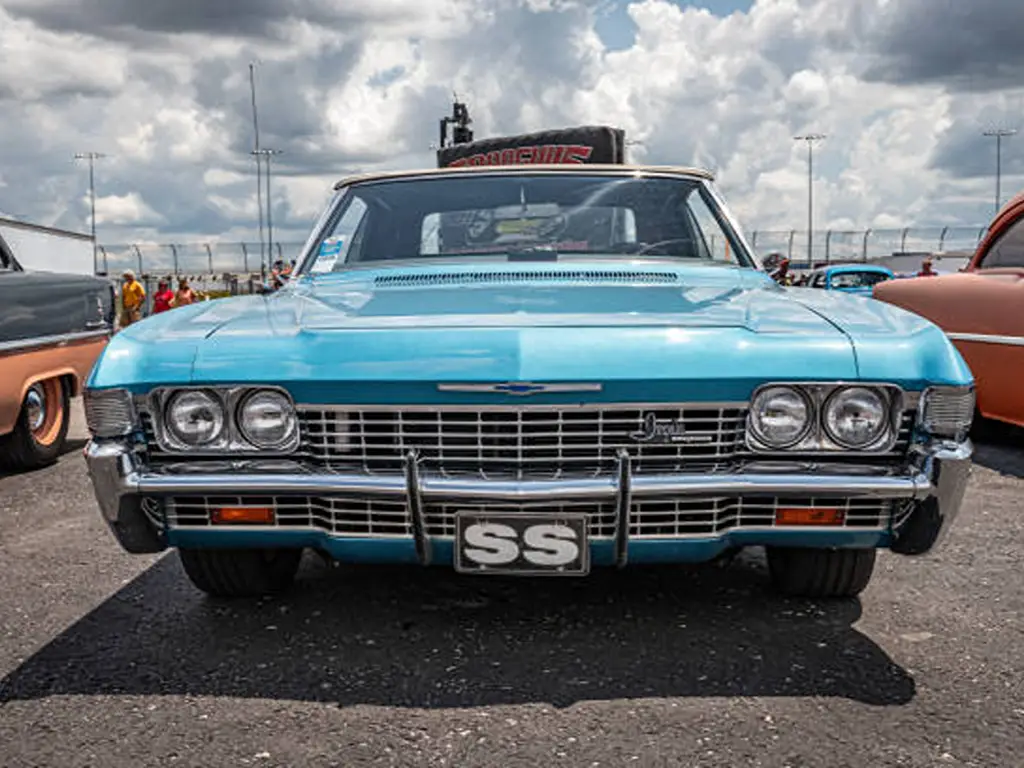
Chevy Impala SS
In the early 60s, there was no argument as to who was the dominant full-size performance car on the market; the Chevrolet Impala Super Sport (SS) took all the honors. It combined fashion, comfort, and powerful performance in one tough combination. The legend was finally affirmed when it came with the mighty 409 cubic-inch V8 engine, which has its place in the Beach Boys song, which has become an iconic song.
Triple taillights, clean body, and muscular stance made an Impala SS 409 (the snarly ones) a status symbol in the street and a nightmare in the drag strip since they were able to deliver low 14-second times at the drag strip with no modifications. Nowadays, Chevy Impala classic cars are very appreciated and symbolize this combination of the luxury and power of those times.
Chevy Corvette Sting Ray (C2)
The Corvette was reincarnated in 1963. The C2 second-generation Corvette, also known as the Sting Ray, was utterly new and a design icon overnight. Written by the genius Larry Shinoda, it had futuristic lines, pop-up headlights, and in 1963 only, an impressive rear appearance that was styled in a split-window shape. It was unlike any other car on the street.
It is not just skin-deep beauty. It had an all-new chassis and independent suspension, which changed its dynamics amazingly. Coupled with fuel-injected power plants such as the L84 and the race-bred Z06, the C2 Corvette was showing the world that America can produce a sports car capable of being every bit as good as the Europeans.

Chevy Chevelle SS
With the muscle car wars on full swing in the middle of the decade, the Chevrolet Chevelle SS was the tool that Chevrolet used. The Chevelle was perfect in size and was savagely effective, and thus became one of the well-known classic Chevy muscle cars of all time. When the SS 396 package arrived in 1966, it could be said to house a very competitive big block V8 in a mid-sized package.
By the year 1970, this had reached the prestigious Chevelle SS 454. This engine was available in LS6 format, which was conservatively rated at 450 horsepower, developing more than 500 lb-ft of torque, which was one of the most powerful production engines of that whole time period.
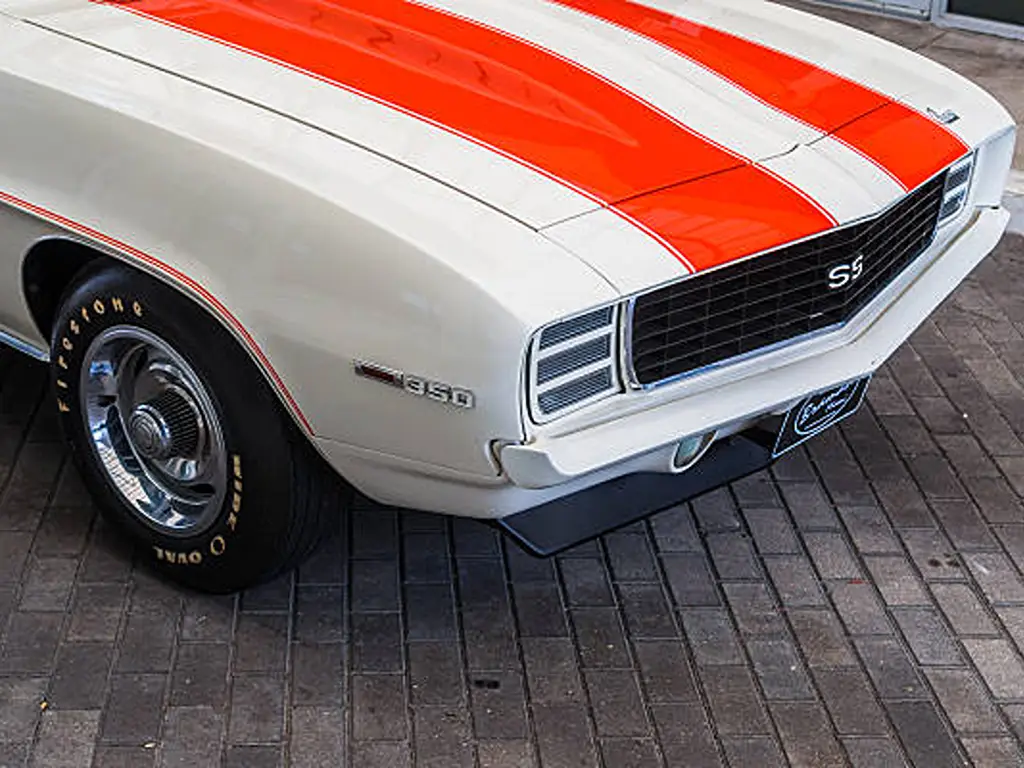
Chevy Camaro
Mustang developed the segment of a throttle horse, but Camaro perfected it, coming in 1967. Its lean, aggressive looks and a seemingly unlimited list of options meant that the Camaro could be whatever you want it to be, a more stylish six-cylinder commuter or even a fire-breathing V8 monster.
A high-powered, 302-based Z/28 was created to homologate the car and compete in Trans-Am racing (it became an immediate legend due to its high-revving, track-prepped 302 V8 and its suspension).
The secret COPO (Central Office Production Order) versions of the SS (Super Sport) provided big-block engine power on the street, and other COPO versions were also provided on the 3-speed Sportsman cars, slipping race-ready 427 V8s to the drag racers who knew how to use them.
Chevy Nova SS
The Chevy Nova was the muscle car world’s sleeper. This clever little workhorse concealed a rowdy performance capability. Lightweight and with the right equipment, the 396 big-block, with the help of the SS package and a mean engine like the L79 327 or subsequent, became a giant killer.
It provided an unbelievable power-to-weight figure at a price that was a steal, and it had a reputation as one of the most clever purchases on the street, as well as being a hot-rodder honey. Adding to that a clean-looking body, and with the perfect combination of setup, a small Nova SS could run alongside, and typically ahead, of cars twice its size and cost. Among the old cars, it is still a streak among the collectors and racers.
Transitional 70s: Navigating Crisis and Changing Tastes
The American auto company faced insurmountable challenges during the 1970s.
The OPEC oil embargo, insurance costs that were skyrocketing, and the new, stringent emissions standards essentially shuttered the horsepower wars of the 60s. Chevy had to change, focusing more on refined styling and well-rounded performance instead of merely brute force, and in the process brought out a whole new breed of the old Chevy classic cars, ones that captured the very essence of the changing lifestyle of the times, even as it stayed faithful to its traditional American automobile.
The Second-Generation Camaro
The second-generation Chevrolet Camaro, including the Camaro RS, was introduced in 1970 and was an amazingly styled second generation with a European influence. It was longer, lower, and wider than its predecessor, and its flowing lines were compared with those of Italian GT cars produced by Ferrari.
Although the horsepower ratings of the engines were decreasing during the decade, thanks to the regulations, the identity of the Camaro was changing. Other models, such as the Z28, were transformed into straight-line rockets into marvelous-looking handling machines, which startled the world with their balance and road holding abilities, as it truly demonstrated that performance was not only a quarter-mile time. Samples of this period that have been well preserved are in demand, particularly in excellent condition.
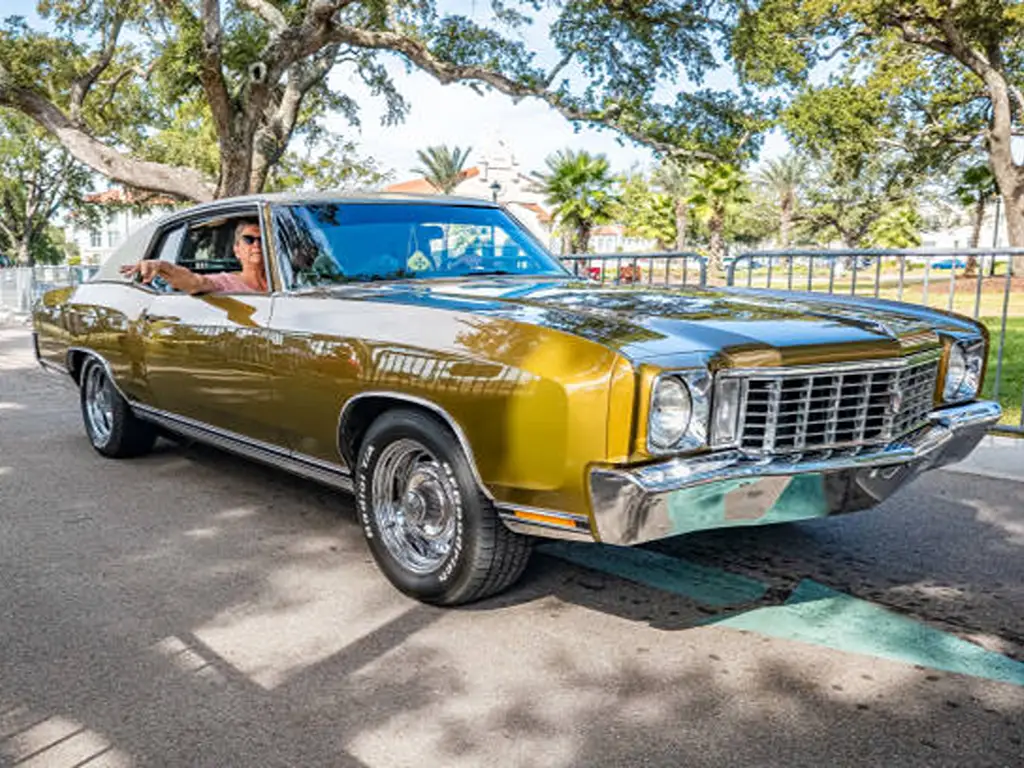
Chevy Monte Carlo
The 70s were well represented in the Monte Carlo. The market shifted its focus from muscle to comfort, so Chevrolet invented the “personal luxury coup.”
Monte Carlo came with a long-hood, short-deck proportions, luxurious interiors, and a quiet, comfortable ride. It provided the looks and design of a much higher-priced car, plus the dependability of a V8 engine, and was an enormous sales success and a car of the decade. Drivers appreciated its ability to cruise long distances effortlessly—often with full tanks of fuel and nothing but open highway ahead.
Chevy C3 Corvette
The radical “Coke bottle” bulged fenders of the third-generation (C3) Corvette, 1968- 1982. It changed into a sophisticated grand tourer in the 70s as it moved off the status of a brutal muscle machine. Although the horsepower levels were decreased, the C3 in its classic styling was still an eyeshaker.
The 25th Anniversary edition of 1978, with its two-tone silver paint scheme as well as the dramatic black and silver Pace Car replica, stands out in the selection of the key models of this era since they tend to be found in very well-maintained condition. These vintage Chevy classic cars found a way of exerting an emotional clout despite the limitations of the times, which continues to exude an emotional connection today.
The Enduring Workhorses: Classic Chevy Trucks
Since Chevrolet has been making cars, it has also been making equally legendary trucks. Where they were once considered utilitarian in nature, the classic Chevy Trucks have gained epic status within the collector community, both in their outdoor gawking style, easy-to-fix interior, and vintage usefulness. Be it on the heavy labor end of the spectrum or as the reshaped show truck, these pickups have lived in the ears and minds of people through the ages, including the young family of modern times, trying to get hold of an item of Americana.
The Task Force Era (1955-1959): Style Meets Utility
Alongside the Tri-Five vehicles, the new generation of trucks, known as the Task Force, introduced passenger-car styling to the workplace. They were a massive improvement due to separators such as a wrap-around windshield, a fashionable grille, and a plusher cab.
The epitome of these was the Cameo Carrier, a smart pickup aimed at gentlemen consumers, and characterized by super-smooth car-like fiberglass rear fenders, a two-tone paint scheme, and a luxurious interior. It was a concept truck and was ahead of its time in realizing the current trend of trucks as lifestyle vehicles. To the great number of fans, the untouched Task Force model, having the operative additions such as power steering, provides not only the vintage appeal but also daily use and trust.
The C/K Series (1960-1972): The Birth of the Modern Truck
And indeed, the C/K Series, especially the 1967- 1972 models known as Action Line, really set the stage for the modern pickup. A big change to these trucks was that they came with a much smoother vehicle ride, with a car-like ride, and that was seen in the fact that these trucks had an entirely new chassis that had independent front suspension with a coil spring at the back.
Power steering and driver interiors are also common upgrades made by restorers and thus makes them collectible and suitable for cruising. Their pure, good-looking looking and always-rugged styling has earned them the distinction of being probably the most sought-after classic trucks to restore and modify, in our modern times.
These trucks are most highly admired, whether converted into an expensive show truck or as a stubby weekend hauler. Even structural considerations, such as the foot box, which is often reinforced or replaced, are a part of what makes a full restoration such a satisfying event to both the builders and enthusiasts.
Classic Chevy Truck Model Identification
| Series | Generation Name | Production Years | Key Identifying Features |
|---|---|---|---|
| C/K | Task Force | 1955-1959 | Wrap-around windshield, egg-crate grille, hooded headlights. |
| C/K | First Gen C/K | 1960-1966 | Large “jet pod” hood nostrils (early years), flatter hood, independent front suspension. |
| C/K | Action Line | 1967-1972 | Modern, rounded styling, lower-slung profile, coil spring rear suspension option. |
What Makes a Chevy Classic Valuable?
What makes a classic car truly classic is a combination of numerous factors that extend way beyond the fact of its age or not. These are some of the main ideas that every person interested in buying, selling, or comprehending the market should be aware of.
- Original vs restomod: This is where the major divergence of classic car ownership takes place. An original car is one that has been conserved or brought back to look like when it was first manufactured, using the original parts that it previously had, and using those authentic Chevy components. These can be the most valuable cars to purist collectors. A Restomod, on the other hand, will take a more classic look but add modern amenities such as fuel injection, disc brakes, automatic transmission, and improved suspension to enhance performance and ease of driving. Although the purists may consider it less valuable, an exceptional restomod has great value to people who prefer to drive their classic cars instead of storing them away and admiring them. A body kit or a nicer paint job is a great addition to enhance its value.
- Matching Numbers: This is the Deity of the collector. This implies that the defined serial numbers that have been stamped on the engine, the transmission, and the rear axle will match the serial numbers inscribed on the vehicle identification number (VIN) plate, showing that those are the initial components installed at the manufacturing plant. An authentic numbers-matching car can have a high price premium, in particular, a high-performance model. Modified cars that still have the factory automatic transmission and documented drivetrain are particularly favored by collectors who place the highest priority on authenticity.
- Exclusivity, Flexibility, and Pedigrees: These three factors bring about uniqueness.
- Rarity: Low-volume cars (such as a COPO Camaro or a ZL1 Corvette) are more valuable as a matter of course.
- Options: Anything that can be desired in a factory. A big-block V8, four-speed manual transmission, air conditioning, a seldom-chosen color, or even a body kit during a documented dealer modification can dramatically inflate the price of a car compared to a regular model.
- Provenance: This is where the car was documented. Original window stickers, sale receipts, ownership and maintenance bills all form a chronicle which proves the authenticity of the car and contributes volumes towards the car value. A vehicle with several new components, coupled with careful notes on the installation and replacement thereof, is an indicator that the vehicle has been dealt with in a very attentive and sustained manner.
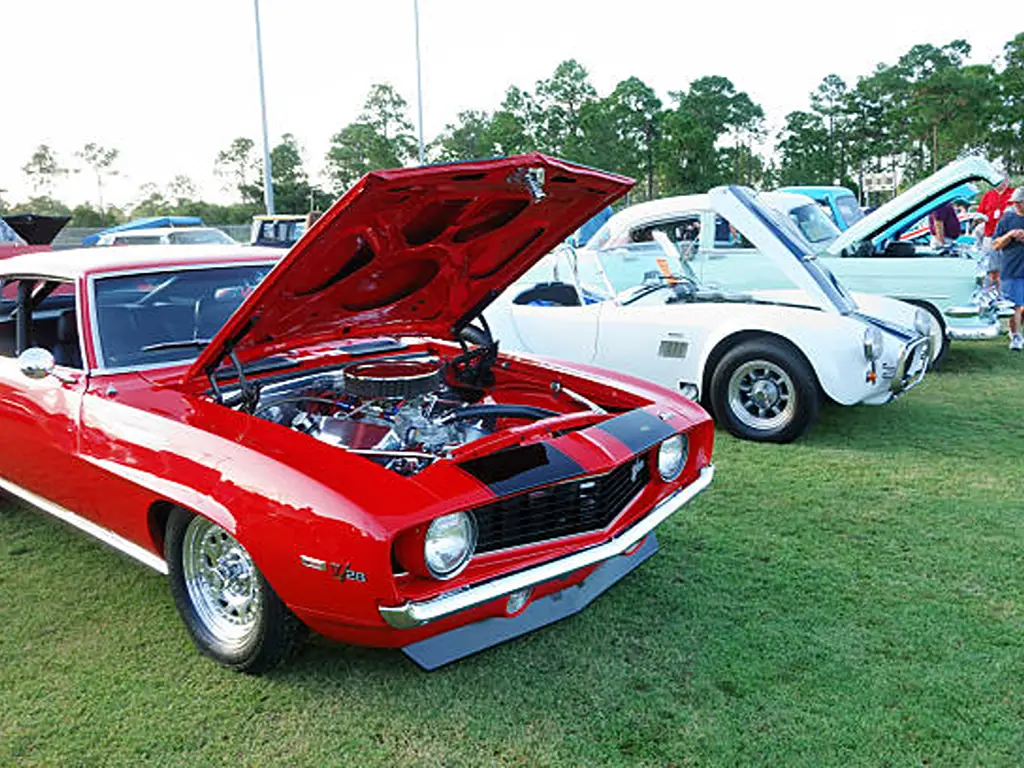
The Enduring Challenge: Preservation and Restoration
It is a very fulfilling experience to own a classic Chevrolet, although it comes with the great responsibility of preserving it. It takes a kind of art to keep such a machine ticket in running, and the hardest challenge can be tried to find the right parts that copy the original construction and which are made to a higher standard of quality.
The incorrect component can destroy the quality of a vehicle, its appearance, and worst, develop a mechanical fault. It is a task that every restorer, whether amateur restorer or professional shop, will take extremely seriously–particularly when dealing with a vehicle that should go to a brand new place in a distinguished collector garage.
The Sunway Autoparts Promise: Where Heritage Meets Precision
This is where Sunway Autoparts comes in. Ever since 2007, our mission has been to be about more than merely providing parts; we are custodians of automotive history. We know that restoring a classic Chevy is more of a labor of love, and love goes into the details. Our reputation in the field is based on the precision of reconciling history and the modern excellence of production.
For the restoration professional or the serious enthusiast, our value is clear. We manage a complex supply chain of over 150 specialist vendors, giving you access to hundreds of different product categories for classic vehicles from the 1920s through the 1990s—including hard-to-find classic Chevy parts that make or break a true restoration.
- Tired of parts that don’t fit? We utilize precision manufacturing processes to ensure our parts meet or exceed original equipment specifications. This means direct, bolt-on fitment that dramatically reduces your labor time and increases your project turnover rate, especially helpful when installing lots of new parts during a complete rebuild.
- Struggling to find that one rare component? Our robust production capabilities allow us to custom-fabricate rare parts, enabling you to take on high-profit projects that others have to turn away.
- Frustrated by unreliable suppliers? As a stable and dependable upstream manufacturer, we provide consistent quality, reliable stock, and flexible bulk order options. Partnering with Sunway Autoparts means securing a controlled, high-quality supply line for your business.
Our success is defined by delivering the right part, with exceptional quality, in the shortest possible time. We handle the complexities of sourcing and manufacturing so you can focus on what you do best: bringing these magnificent machines back to life—and maybe, one day, helping them find a new home with someone who will appreciate every turn of the key. With exceptional quality, in the shortest possible time. We handle the complexities of sourcing and manufacturing so you can focus on what you do best: bringing these magnificent machines back to life.
Conclusion
Whether it is the chrome-piled fantasies of the 50s, the muscle gods of the 60s, or the stylish cruisers of the 70s, the Chevys are not just another set of old automobiles; they are a succulent and important aspect of our common cultural heritage. They are not merely metal, glass, and rubber; they are moving pieces of sculpture, mechanical music, and direct connection to the past. Every classic coupe or window coupe is the era of adventurous incitement and technological prowess, as well as stylistic impossibility.
A process of passion, devotion, and specificity is what it takes to be the owner of one of these magnificent Chevy Classic cars. The beginning, as well as the essence of the journey, is finding a proper car, in great condition, and a really nice looker. Be it maintaining an all-original survivor or creating the restomod of your dreams, the end result is always the same, and that is to continue the legacy of these machines and to maintain them being driven and loved, and adored. It is a task that needs the correct components and the correct partners. By preserving their culture, we guarantee that in many years to come, there will still be the sound of a Chevy V8 on a wide highway somewhere.



